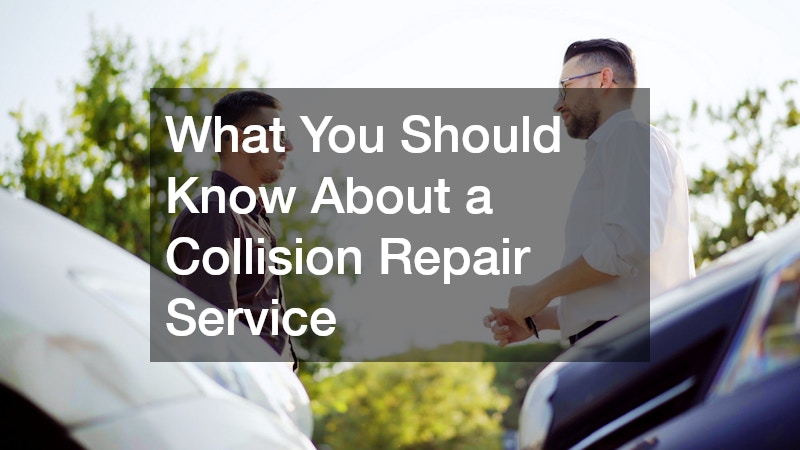After a crash, it is normal to feel overwhelmed by calls, forms, and unfamiliar jargon. The right information helps you make steady choices that protect safety, value, and your timeline. Understanding how estimates work, what parts may be used, and which tests are necessary will keep surprises to a minimum. With a clear plan, you can collaborate with a collision repair service and move from uncertainty to a confident handoff.
Safety And Documentation Come First
Before any work begins, prioritize safety checks and thorough documentation. Take photos of all angles, note warning lights, and save the police report or incident number.
If the vehicle is drivable, listen for new noises, feel for pulling, and watch for fluid leaks. These details give technicians a starting point and help validate losses for your claim. Good documentation also shortens back and forth communication once the car is in the bay.
Estimating And The Reality Of Hidden Damage
An estimate is a snapshot based on visible issues and standard labor times. Once the vehicle is disassembled, hidden damage may appear behind bumpers, under trim, or around structural members. This is normal, not a bait and switch, and it is why supplement approvals exist. Ask how the shop documents new findings and how quickly they notify you and the insurer. Clear photos and line items keep everyone aligned and the process moving.
Parts Choices, Calibrations, And Fit
Modern repairs involve choices among new original equipment parts, aftermarket parts, and recycled components. Each option has tradeoffs in fit, finish, availability, and cost. Many vehicles also need post repair calibrations for cameras, radar, and sensors that support driver assistance features. Confirm that the shop can handle these calibrations in house or with a trusted partner. Proper fit and verified electronics are just as important as fresh paint.
Paint Quality, Corrosion Protection, And Blending
A durable finish is about more than color. Ask about the paint system, the preparation steps, and how bare metal areas will be sealed against corrosion. Color match often requires blending into adjacent panels so the repair disappears in different light conditions. Good shops explain why blending is necessary and show where it will occur. The goal is an even, factory like appearance that holds up over seasons, washes, and sun.
Structure, Alignment, And Test Drives
If the impact reached structural points, the vehicle may need measurements on a dedicated bench or frame machine. Proper alignment and suspension checks follow to confirm the car tracks straight and tires wear evenly. A professional road test closes the loop by verifying steering effort, brake feel, and the behavior of driver assistance alerts. Ask for a simple summary of these checks. A methodical process reduces the chance of a return visit for rattles or pulls.
Insurance Coordination And Your Role
Insurers manage approvals, but you remain the owner and decision maker. Provide prompt signatures for supplements, keep contact information current, and decide how you want updates delivered. A responsive collision repair service will share progress photos, note any parts delays, and give realistic timelines. When everyone communicates quickly, parts ordering and sublet scheduling stay on track, which helps the calendar as much as the quote.
Timelines, Rentals, And Quality Control
Delays typically stem from parts backorders, hidden damage, or calibration appointments. Ask the shop to identify likely bottlenecks early and to set target dates with a buffer. If you have a rental, share the coverage limit so repairs are sequenced with that window in mind. Before pickup, request a walkaround and a copy of the final checklist. Turning on lights, testing windows, and inspecting panel gaps together builds confidence that the job is complete.
Warranties, Care After Pickup, And Resale Value
Written warranties signal that the shop stands behind materials and labor. Keep the paperwork with your service records, then follow the care instructions during the initial curing period for paint and adhesives. Clean, well documented repairs support resale value, because buyers and appraisers see evidence of careful stewardship. If anything feels off in the first few days, return promptly for a quick adjustment. Prompt feedback makes small fixes easy.
Choosing a capable team is about clarity, communication, and craftsmanship. Look for detailed estimates, transparent parts discussions, and documented calibrations, then expect steady updates until delivery. With the right collision repair service, you can restore safety, appearance, and confidence without guesswork. Ask practical questions, keep records organized, and partner with professionals who explain every step. The result is a vehicle that looks right, drives straight, and is ready for the miles ahead.

